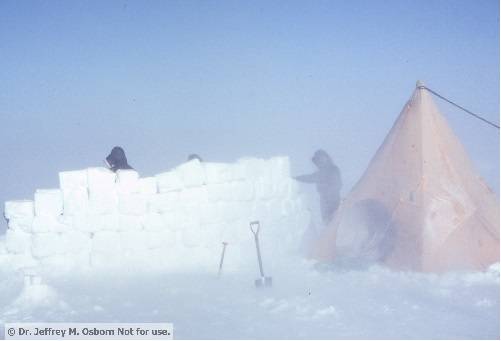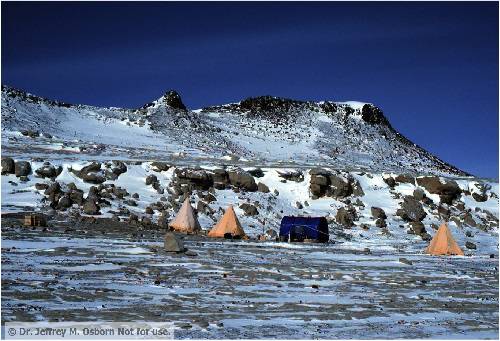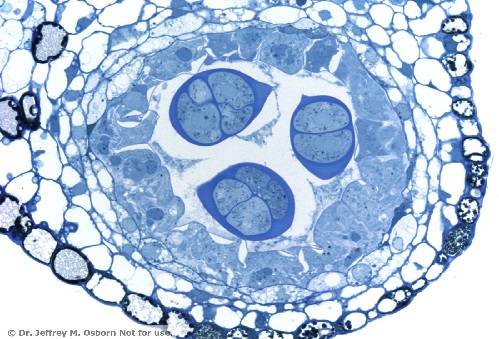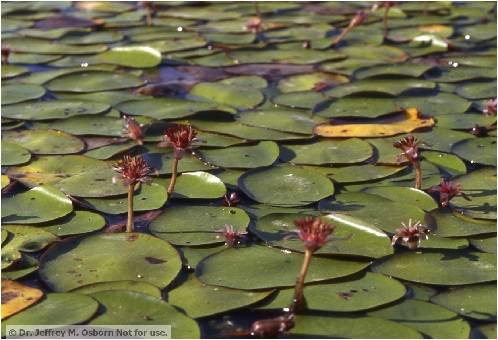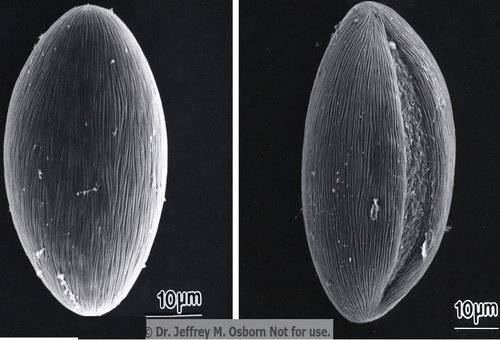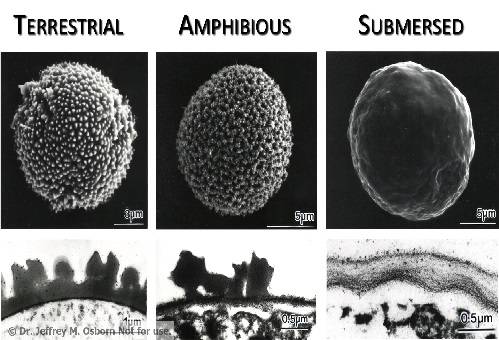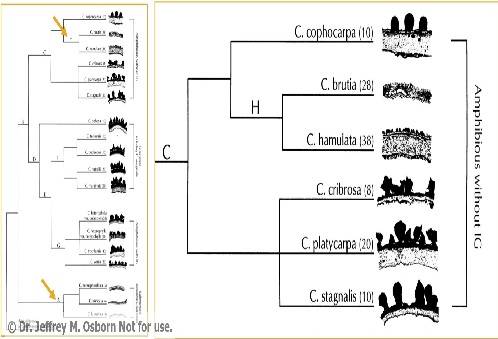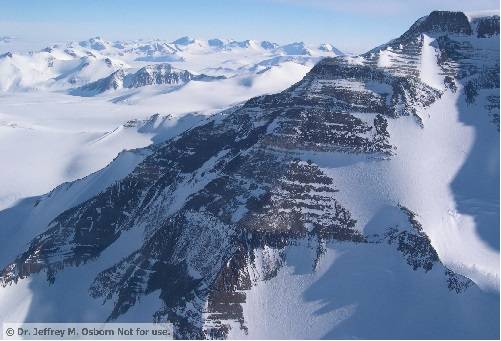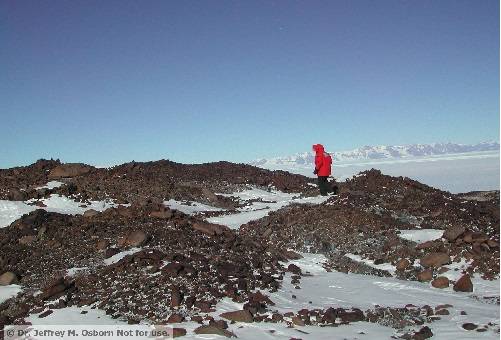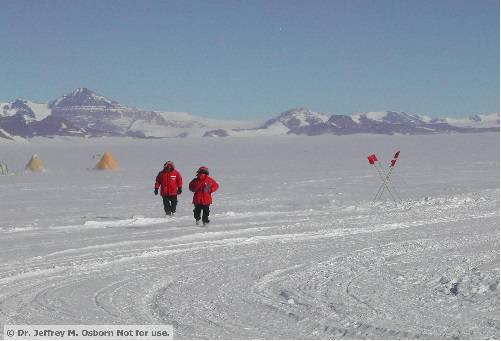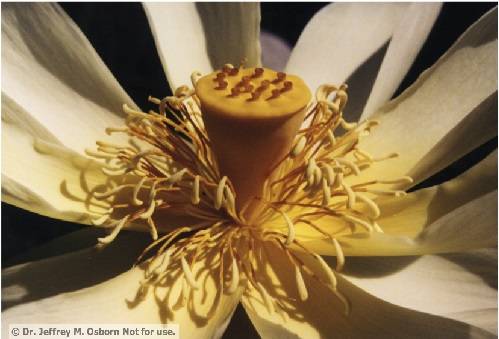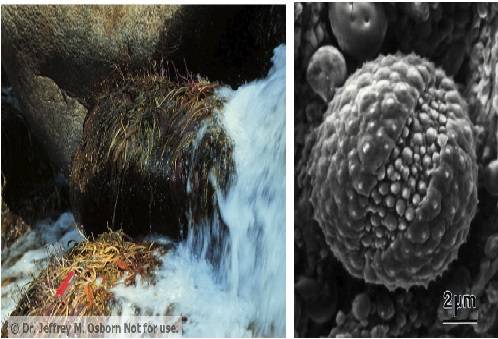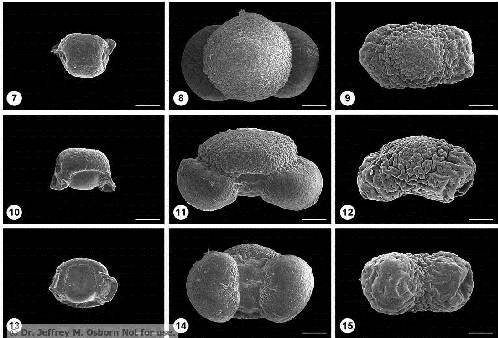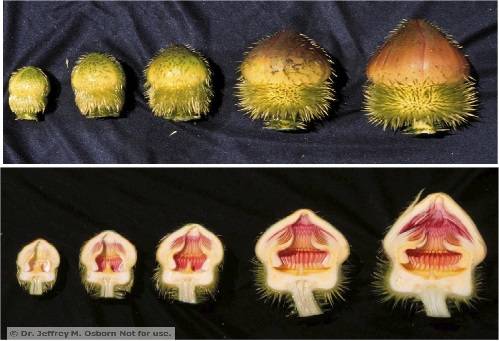Project Topic / Abstract:
“Pollen Development in a permineralized Pine from the middle Eocene Princeton Chert (Allenby Formation) of British Columbia, Canada”
The Princeton chert locality in southern British Columbia represents one of the most well preserved and most diverse Tertiary assemblages of permineralized plants known, and in recent years, it has provided abundant information regarding Middle Eocene angiosperms and many of their fungal parasites. Additionally, two polypodiaceous ferns and the conifer genera Metasequoia and Pinus have been described from the chert. Pine fossils are circumscribed by four species and are known from leaves, woody twigs, dwarf shoots, and ovulate cones. Pollen cones found in association with P. similkameenensis leaves and P. arnoldii ovulate cones have also recently been described. In addition to a large number of mature pollen cones, variations in cone size, cone anatomy, and pollen morphology indicate that several ontogenetic stages are preserved within the chert. Pollen cones are ellipsoidal, range from 2.8 to 6.9 mm in length and 1.6 to 3.5 mm in diameter, and are subtended by scale leaves. Microsporophylls are helically arranged and each bears two abaxial pollen sacs, many of which contain bisaccate pollen grains. Developmentally, cones vary with respect to the degree that they are surrounded by the subtending scale leaves, as well as the number and the morphology of the cell layers composing the pollen sac wall. Aspects of pollen ontogeny that have been documented include the following stages: tetrad stage, formation of the aperture and apertural membrane, formation of sacci, and formation of the homogeneous nexine and the tectate-alveolate sexine wall layers. The Princeton chert specimens represent the oldest pollen cones described for Pinus and the only fossils of the genus for which pollen ultrastructure, including ontogenetic characters, has been described.
Presentations:
1996
- 5th International Palaeobotanical Conference (Santa Barbara, CA)

